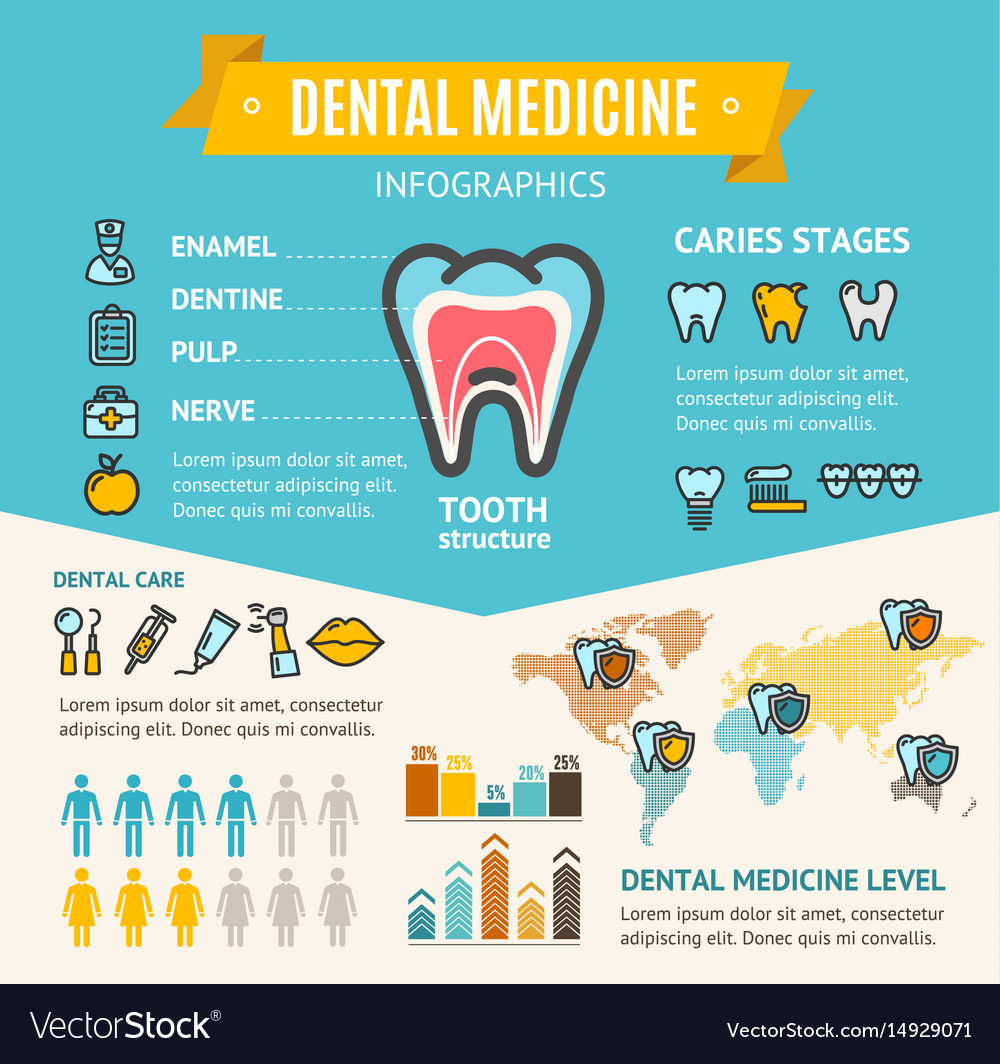The Development Of Dental Surgery: Cutting-Edge Innovations And Advancements Affecting The Field
The Development Of Dental Surgery: Cutting-Edge Innovations And Advancements Affecting The Field
Blog Article
Web Content Writer-Johannsen Browne
Invite to the world of dental surgery, where advancements and advancements are forming the future of the field! In https://periodontaldiseasestagesp40627.mybuzzblog.com/12693321/discover-vital-insights-concerning-dental-implants-for-senior-citizens-and-uncover-important-factors-to-consider-that-might-affect-your-smile-reconstruction-trip-what-will-you-uncover , you'll witness the transformative power of robotics, the sophisticated marvel of 3D printing, and the game-changing impact of minimally intrusive techniques.
The future of oral surgery holds an assurance of precision, effectiveness, and enhanced patient end results. With the help of sophisticated robotics, surgeons are able to do complex procedures with greater accuracy and control.
3D printing technology is transforming the development of oral implants and prosthetics, providing customized solutions that fit perfectly right into each individual's distinct makeup.
In addition, minimally intrusive methods are minimizing post-operative discomfort and healing time, enabling clients to go back to their every day lives quicker.
Prepare yourself to explore the amazing developments and breakthroughs that are reshaping the landscape of oral surgery!
Innovations in Robotics
One major development in oral surgery is using robot innovation, which allows for accurate and effective surgical procedures. With the help of robot systems, dental specialists have the capacity to do complex surgeries with improved accuracy, decreasing the danger of human error.
These robotic systems are outfitted with innovative imaging innovation and precise tools that make it possible for specialists to browse via detailed anatomical structures with ease. By utilizing robot technology, specialists can accomplish higher medical accuracy, leading to enhanced individual end results and faster recovery times.
On top of that, using robotics in oral surgery enables minimally invasive treatments, minimizing the injury to surrounding cells and advertising faster recovery.
3D Printing in Oral Surgery
To boost the field of oral surgery, you can discover the subtopic of 3D printing in oral surgery. This ingenious technology has the prospective to transform the method dental surgeons run and treat clients. Below are four essential methods which 3D printing is forming the area:
- ** Personalized Surgical Guides **: 3D printing permits the development of extremely accurate and patient-specific surgical overviews, boosting the precision and effectiveness of procedures.
- ** https://healthnews.com/medicare/coverage/does-medicare-cover-dental-implants/ **: With 3D printing, oral cosmetic surgeons can produce tailored dental implant prosthetics that flawlessly fit a patient's unique makeup, leading to better end results and client complete satisfaction.
- ** Bone Grafting **: 3D printing allows the manufacturing of patient-specific bone grafts, reducing the requirement for typical grafting methods and improving healing and recuperation time.
- ** Education and Educating **: 3D printing can be utilized to produce practical medical designs for educational objectives, enabling oral doctors to exercise complicated treatments prior to performing them on people.
With its possible to improve accuracy, modification, and training, 3D printing is an exciting growth in the field of oral surgery.
Minimally Intrusive Techniques
To better advance the field of dental surgery, welcome the possibility of minimally invasive strategies that can greatly benefit both doctors and people alike.
Minimally https://toothextractioncost65321.bloggip.com/33065741/can-any-person-utilize-invisalign-what-to-know are reinventing the area by minimizing surgical trauma, minimizing post-operative pain, and increasing the recovery process. These strategies entail making use of smaller sized incisions and specialized instruments to do procedures with precision and efficiency.
By using sophisticated imaging technology, such as cone beam computed tomography (CBCT), surgeons can properly plan and execute surgical treatments with marginal invasiveness.
In addition, using lasers in dental surgery allows for accurate cells cutting and coagulation, leading to minimized blood loss and reduced recovery time.
With minimally intrusive techniques, clients can experience much faster recovery, minimized scarring, and improved end results, making it a vital facet of the future of dental surgery.
Verdict
So, as you can see, the future of dental surgery is extremely promising, with exciting technologies and advances forming the field.
From the improvements in robotics to using 3D printing and minimally intrusive techniques, oral doctors are revolutionizing the way they provide care.
While mouse click the up coming website page might fret about the prospective price connected with these developments, it is necessary to keep in mind that these innovations ultimately boost patient end results and lower recovery time, making them well worth the financial investment in the long run.
